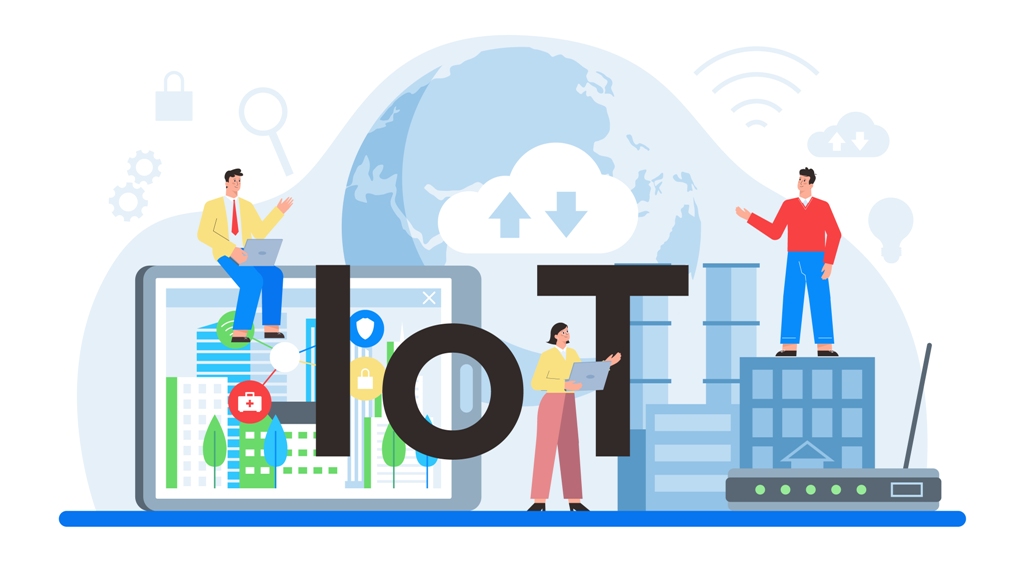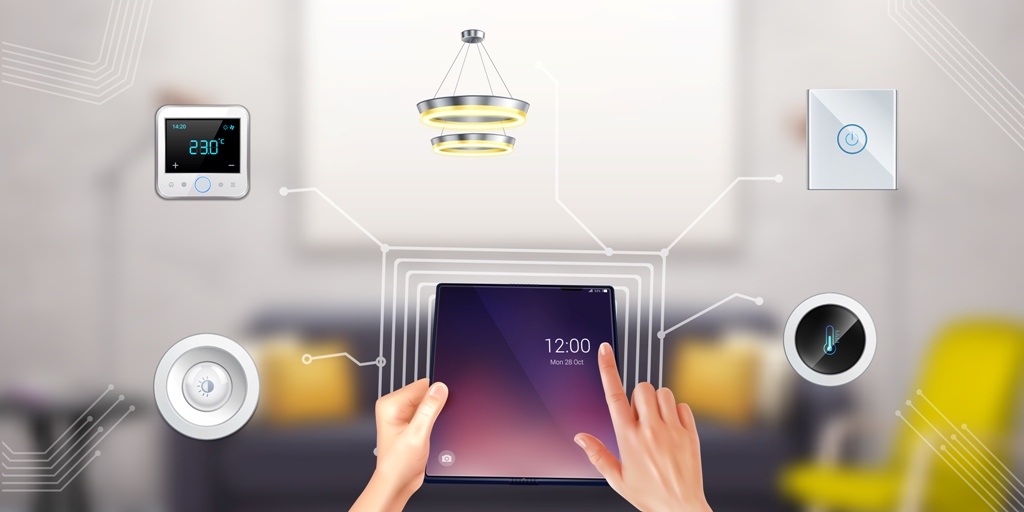In today’s healthcare environment, ensuring patient safety and streamlining hospital operations are top priorities. Real-Time Location Systems (RTLS) and indoor asset tracking systems have become essential tools for modern hospitals, improving both patient care and operational efficiency.
In this blog, we will learn how to improve Patient Care with Indoor Asset Tracking System and Real-Time Location Systems in Hospitals.
What Is an Indoor Asset Tracking System?
An indoor asset tracking system allows hospitals to monitor the real-time location of medical equipment, staff, and even patients using technologies such as Bluetooth Low Energy (BLE), Radio Frequency Identification (RFID), and Ultra-Wideband (UWB).
By leveraging these systems, healthcare facilities can enhance workflows, reduce costs, and ultimately improve patient care.
How RTLS Benefits Hospitals?
1. Faster Access to Medical Equipment
Hospitals often lose valuable time searching for critical equipment like wheelchairs, infusion pumps, or ventilators. RTLS systems provide instant access to an asset’s location, ensuring that equipment is readily available when needed.
2. Enhanced Patient Safety
Indoor tracking helps monitor the movement of patients, especially in critical care areas or during transport within the hospital. It also reduces the risk of unauthorized exits or errors in patient transfer.
3. Efficient Staff Management
Real-time staff tracking can optimize workflow by identifying bottlenecks and ensuring the right personnel is available for urgent tasks.
4. Improved Inventory Management
Asset tracking simplifies inventory management by providing data on equipment usage patterns. Hospitals can prevent over-purchasing or under-utilization of resources, leading to significant cost savings.
5. Streamlined Emergency Responses
In emergencies, locating staff and equipment instantly is crucial. RTLS ensures rapid coordination during critical situations, saving precious time.
Key Technologies in Hospital Indoor Asset Tracking System
- RFID Tags: Best for inventory management and item-level tracking.
- BLE Beacons: Cost-effective and ideal for tracking staff and assets in real-time.
- UWB Technology: Offers high precision, perfect for critical areas like ICUs or operating rooms.
- Wi-Fi-Based Systems: Utilize existing infrastructure to enable seamless tracking.
Real-Life Applications of RTLS in Hospitals
- Locating Medical Equipment:
Doctors and nurses no longer waste time searching for equipment, ensuring smoother operations in emergencies. - Patient Tracking:
Monitor patient movement within the hospital to ensure safety and adherence to treatment protocols. - Bed Management:
Optimize bed utilization with real-time updates on patient discharges or availability. - Sanitation and Maintenance:
Track when assets like beds or wheelchairs were last sanitized, enhancing hygiene compliance.
Advantages for Healthcare Facilities
- Reduced equipment loss and theft.
- Higher patient satisfaction with streamlined care.
- Enhanced compliance with regulatory standards.
- Cost savings through better resource allocation.
Choosing the Right RTLS for Your Hospital
When selecting a hospital asset tracking system, consider:
- Scalability: Ensure the system grows with your facility’s needs.
- Integration: Choose a solution that works seamlessly with existing hospital management systems.
- Cost-Effectiveness: Balance between upfront cost and long-term ROI.
- Ease of Use: Staff should be able to adapt quickly to the new technology.
- Scalability: Ensure the system grows with your facility’s needs.
Conclusion
In conclusion, real-time location systems and Indoor asset tracking systems for hospitals, can significantly enhance their operational efficiency, reduce costs, and focus on what truly matters. Additionally, delivering exceptional patient care. As healthcare evolves, adopting advanced tracking technologies is no longer an option but a necessity.
Explore smarter healthcare management with Start Smart today. Let us help you implement the best indoor asset tracking system for your hospital.




